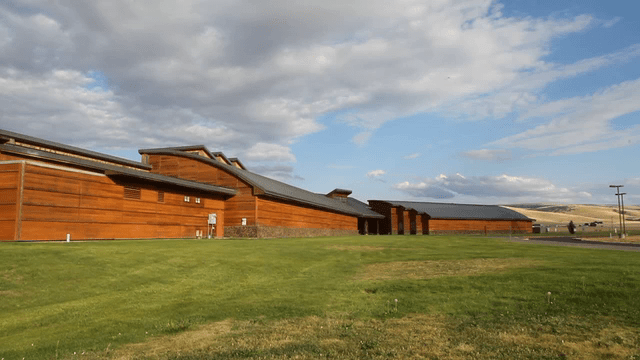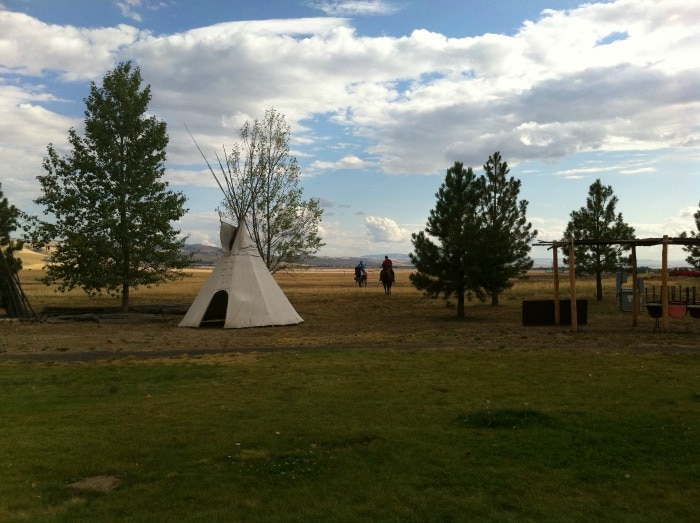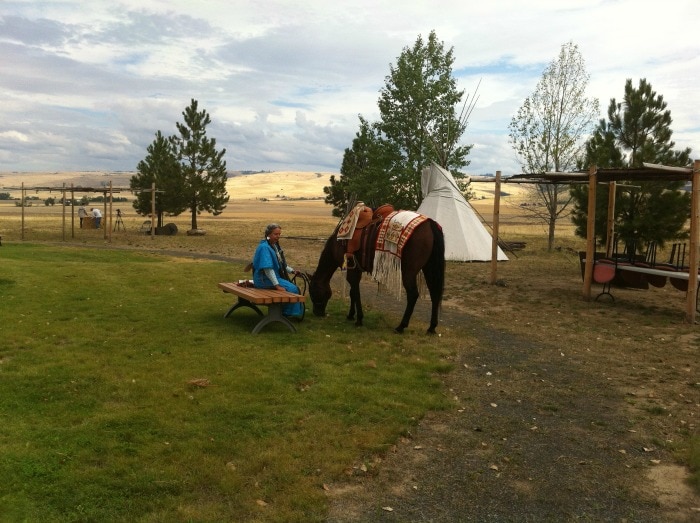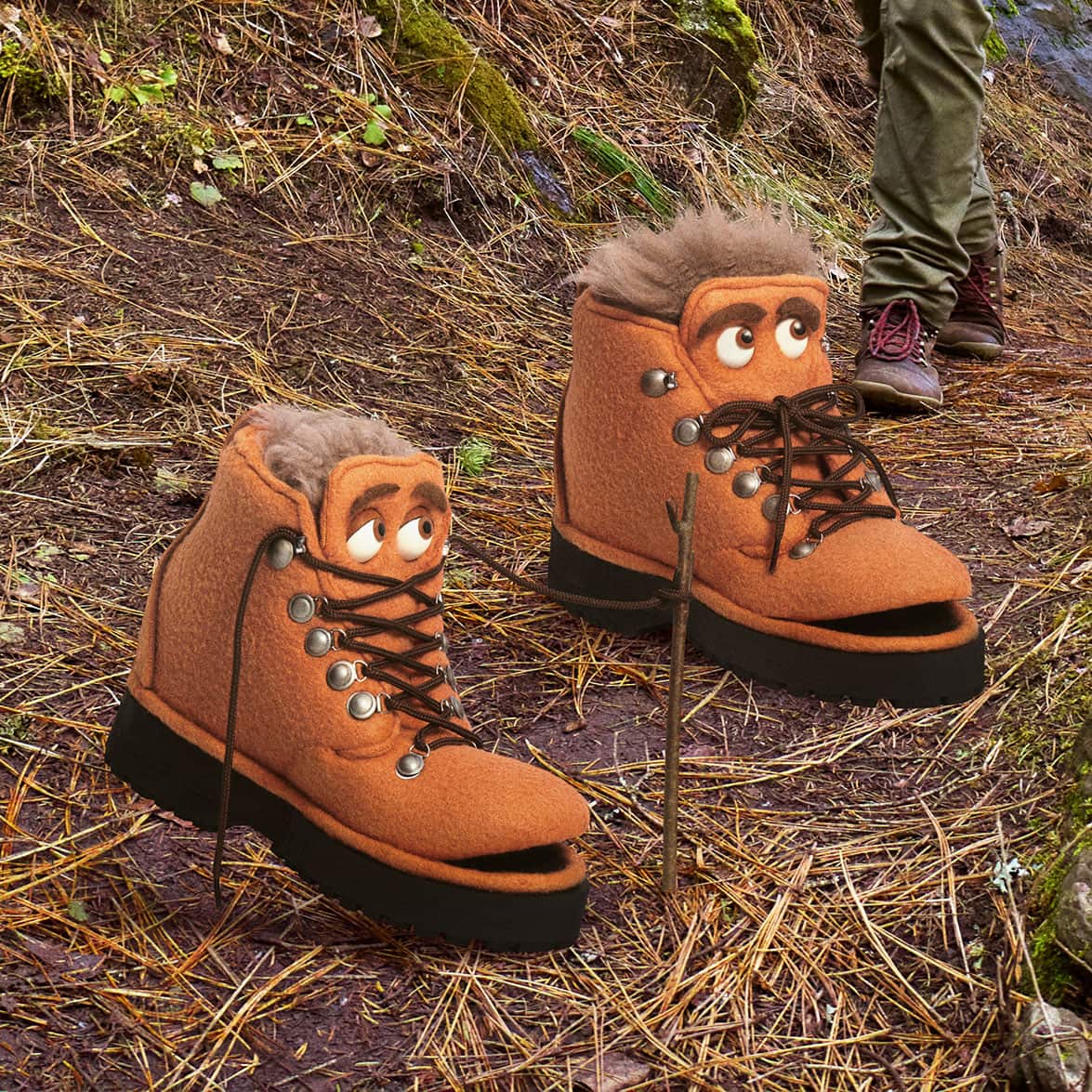The pride runs deep among the American Indians who live, work and share their stories with visitors to the Tamástslikt Cultural Institute at the Umatilla Indian Reservation.
It’s where some of Oregon’s richest stories are found – just east of Pendleton in the foothills of the Blue Mountains – and where cultural history reaches back ten thousand years. The Institute’s director, Bobbie Conner, said the past, present and future merge at Tamástslikt thanks to the American Indians of the Cayuse, Umatilla, and Walla Walla tribes. “We welcome people to the Tamástslikt Cultural Institute where we share all of the modern amenities, plus the ability to display our history in unique fashions and exhibits – and critically – share our culture through life storytelling.”
Marjorie Waheneka said that the lessons you learn at the Tamástslikt Cultural Institute provide a peek into long ago lifestyles that centered on the natural world. For example, Marjorie showed off a collection of small light brown roots called “kousch” (cow-sch) that were critical food staples for survival – the roots needed to be gathered by the hundreds of pounds each summer in order to get people through the long winter. “Kousch grows in the foothills of the Blue Mountains and it would be dried for storage through the winter. If you cook it in boiling water, it tastes much like a potato and becomes soft and ready to eat.”
She added that there is great interest from visitors into the lifestyles of American Indians. “They do have a lot of interest and that’s why we’re here in the village. People come, they see things and they ask questions.” In fact, people come from all over the country to explore Tamástslikt’s Living Cultural Village or stroll the massive hallways of the Center that hold intriguing exhibits.
Folks have a chance to watch experts like Randall Melton demonstrate the many effective hunting tools that Indians relied upon for survival – like the long shafted “atlatl” that is thrown like a spear and pre-dates the bow and arrow. “It is a traditional tool that we would use to hunt elk and deer and a long time ago – even wooly mammoths,” said Melton. “Life or death right here – either for food or protection you’d use this tool.”
Tamástslikt instructor Jess Nowland insisted that Tamástslikt Cultural Institute celebrates stories from the past, the present and shows how rich and advanced Oregon’s so-called “primitive cultures” really were. “Our ancestors were very intelligent, creative people and they developed tons of different technologies. The only real difference is that they had a totally different purpose in mind.”
Director Conner agreed and added: “The really good news is that we are still here in our country; still telling our stories, keeping our way of life alive and we want people to feel good about that.”
The many exhibits and the storytelling will make you feel proud as you discover more about Oregon’s Indian cultures. They are fascinating – resilient and worth your time to visit throughout the year.



